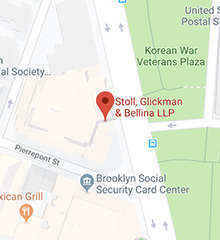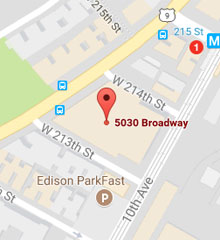Usually, the motion to inspect and dismiss the indictment is a mere formality- A judge reviews the Grand Jury presentation before the defense attorney has even seen the minutes (the attorney almost never sees the instructions to the jury), and approves the presentation, finding there was sufficient evidence to indict, and that nothing “impaired the integrity” of the proceeding. Even glaring errors are often glossed over and missed, since “a judge’s impartial determination… is no substitute for the single-minded devotion of counsel for the accused”. People v. Perez, 65 N.Y.2d 154, 160 (1985), and the defense counsel has not even yet been provided with the transcripts.
So it was (somewhat) surprising to discover today that a Bronx judge dismissed manslaughter charges against a New York City police officer who shot and killed Ramarley Graham in his family’s home.
I have not seen the Grand Jury minutes myself in that case, and take absolutely no position on the propriety of the decision. But of the many, many, many felonies I’ve handled, I don’t think I’ve ever had a judge toss an entire indictment based on a review of the instructions to the jurors. Even where there have been glaring errors that I discovered after I got the minutes, it’s a very very heavy lift to persuade a judge to reconsider, and dismiss the indictment. The push back is extraordinary. Also, judges ofter mix up the issue of the sufficiency of the evidence with the integrity of the process, which are two very separate issues. (Importantly, only the latter is subject to appellate review after a jury conviction).
I actually applaud a judge’s attention to the integrity of the Grand Jury proceeding in this case. But it certainly highlights, for those of us who have seen countless Grand Jury errors blatantly ignored, a double standard in our justice system.
http://www.stollglickman.com/the-motion-to-inspect-and-dismiss-the-indictment/


